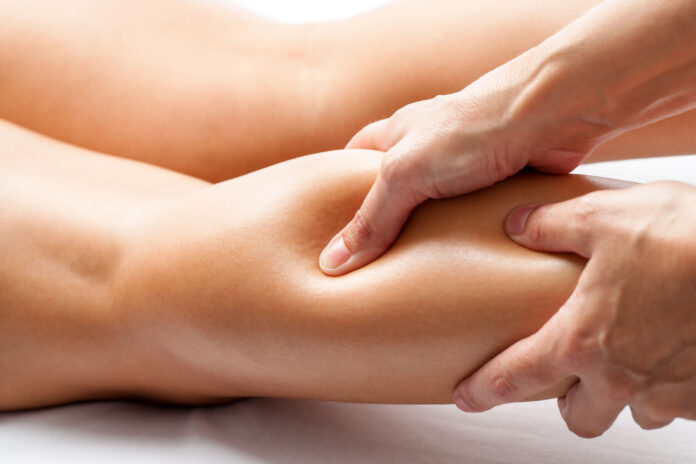Muscle soreness is a normal response to exercise: When you start a new workout routine or increase the intensity of your current routine, you may experience muscle soreness. This is a normal response to the stress placed on your muscles.
It’s called Delayed Onset Muscle Soreness (DOMS): The muscle soreness that occurs a day or two after exercise is commonly referred to as Delayed Onset Muscle Soreness (DOMS).
The cause of DOMS is not fully understood: While the exact cause of DOMS is not fully understood, it is thought to be related to microscopic damage to the muscle fibers.
It’s a sign that your muscles are adapting: DOMS is a sign that your muscles are adapting to the new stress you have placed on them. This is a positive indication that your muscles are getting stronger.
It can be reduced with proper warm-up and cool-down: Proper warm-up and cool-down routines can help reduce the risk of DOMS by gradually increasing and decreasing your heart rate and helping to prepare your muscles for exercise.
It can be relieved with self-care: Over-the-counter pain medication, massage, stretching, and heat or ice therapy can help relieve muscle soreness.
It’s not the same as injury: Muscle soreness is different from an injury and does not typically cause long-term damage. If you experience pain that is not relieved with self-care or interferes with your daily activities, you should consult a doctor.
It can be prevented with proper form and gradual progression: Using proper form during exercise and gradually increasing the intensity of your workout can help prevent muscle soreness.
It’s not always a bad thing: While muscle soreness can be uncomfortable, it’s not always a bad thing. It’s a sign that your muscles are adapting to the new stress you have placed on them, and can ultimately lead to greater strength and improved fitness.
























